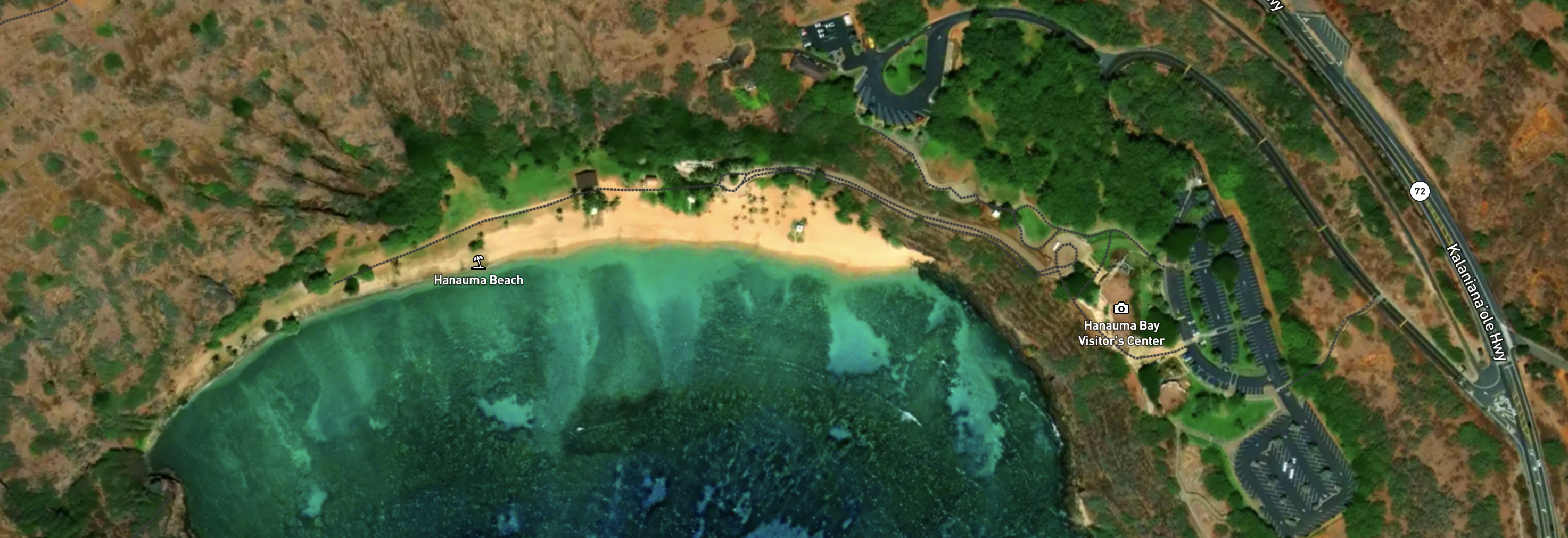Caution
High Hazard
Extreme
Active/Upcoming Event
Hanauma Bay
Water Temperature
...
Wave Height
...
Wind
...
Hanauma Bay Nature Preserve, one of the most spectacular natural resources in Hawaii, is reaping the benefits of over a decade of moves to re-establish its pristine marine ecosystem. Recognizing the damage done by years of neglect and abuse by allowing some three million visitors annually, the City and County of Honolulu in 1990 laid out a plan to restore Hanauma to a clean, healthy state by reducing the number of visitors, establishing an education program, and instituting supportive restrictions.
The culmination of the protection and preservation efforts are the major upper and lower bay facility improvements, the heart of which is the award-winning Marine Education Center, that opened in August 2002. Hanauma now has a site where its education program flourishes. A short video welcomes residents and visitors, encouraging them to join staff and volunteers as stewards of this precious gift of Hanauma and other living reef environments they may visit.
Not a "beach park" for beach sport, but a Nature Preserve dedicated to safeguarding the fragile marine life in the Bay, Hanauma is the first Marine Life Conservation District in the State. We welcome you to be a part of our effort to protect and preserve the Bay.
Swim at your Own Risk
Beaches and oceans are dynamic natural environments. Crowd conditions, currents, waves, wild animals, and other water and beach conditions can rapidly change. The risks and conditions shown on this site are informational only and not always real-time. Actual conditions may differ. Lifeguards are not always on duty or available. Always remain aware of your surroundings and exercise due care for your own safety and the safety of others around you.
Always check for water warnings or check with a lifeguard before you swim.



